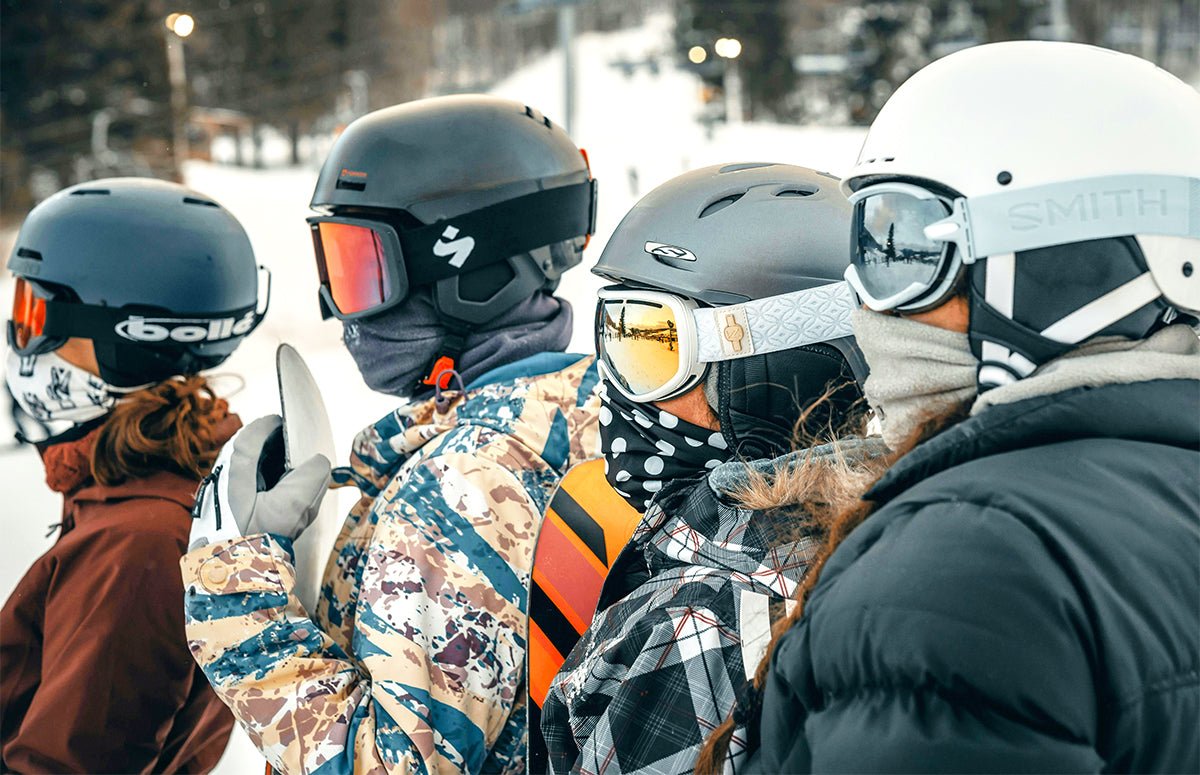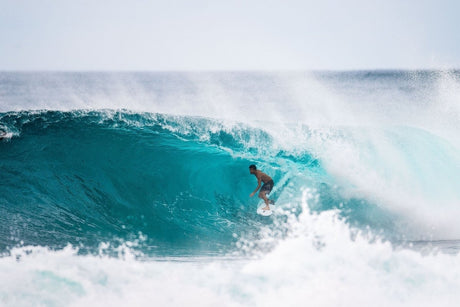In the world of board sports such as surfing, skateboarding, or women's snowboarding, the role of women is increasingly valued and highlighted. Competitions and sporting events now make it a point to include these talented athletes, who delight spectators with their incredible performances and unwavering passion for their discipline. Here is an overview of the progress made in each of these three areas, as well as the challenges that remain to be addressed to ensure gender equality in these sports.
Surfing: mixed competitions and better media visibility
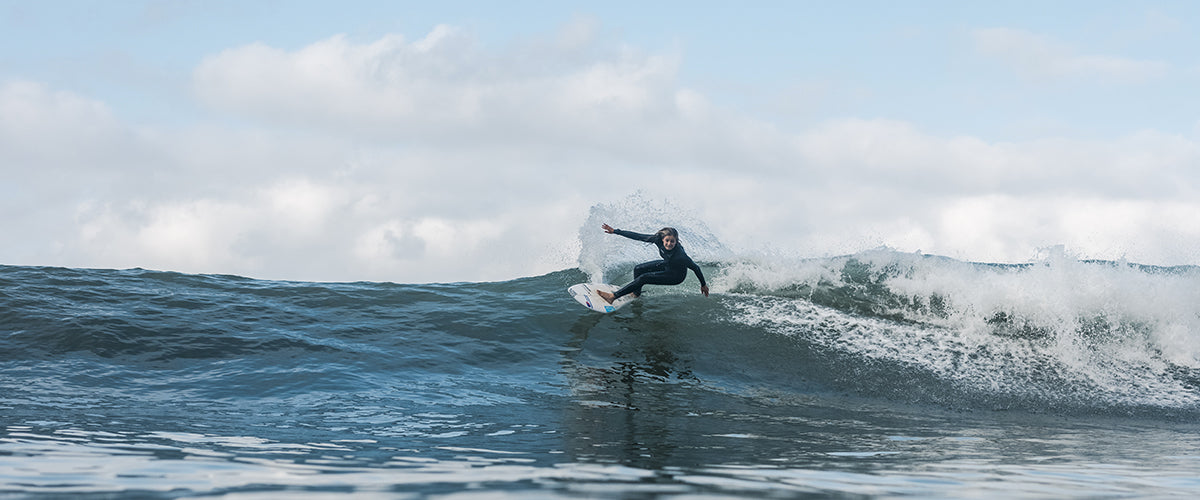 Historically dominated by men, surfing is a sport where women are increasingly taking their place on the international stage. This is evidenced by the growing number of women's or mixed competitions organized each year. The World Surf League (WSL), which oversees all these competitions, has been committed for several years to guaranteeing equal prize money between male and female surfers, thus helping to increase the visibility and credibility of women's surfing.
Historically dominated by men, surfing is a sport where women are increasingly taking their place on the international stage. This is evidenced by the growing number of women's or mixed competitions organized each year. The World Surf League (WSL), which oversees all these competitions, has been committed for several years to guaranteeing equal prize money between male and female surfers, thus helping to increase the visibility and credibility of women's surfing.
In 2019, the WSL took a significant step by announcing equal prize money for all its men's and women's competitions starting from the 2019 season. This historic decision was hailed as an important step forward towards gender equality in the world of professional surfing.
The commitment to equal prize money means that professional female surfers now receive the same financial reward as their male counterparts in WSL competitions. This decision has been applauded by many members of the surfing community and has helped draw attention to other sports to promote equal pay between men and women.
Inspiring role models
Today, professional female surfers are true ambassadors of their sport and have brought a breath of fresh air to the discipline. Among others, let's mention icons like Carissa Moore, four-time world champion, and Justine Dupont, who regularly faces the biggest waves to push the limits of her sport.
Skateboarding: a growing representation of women in competition
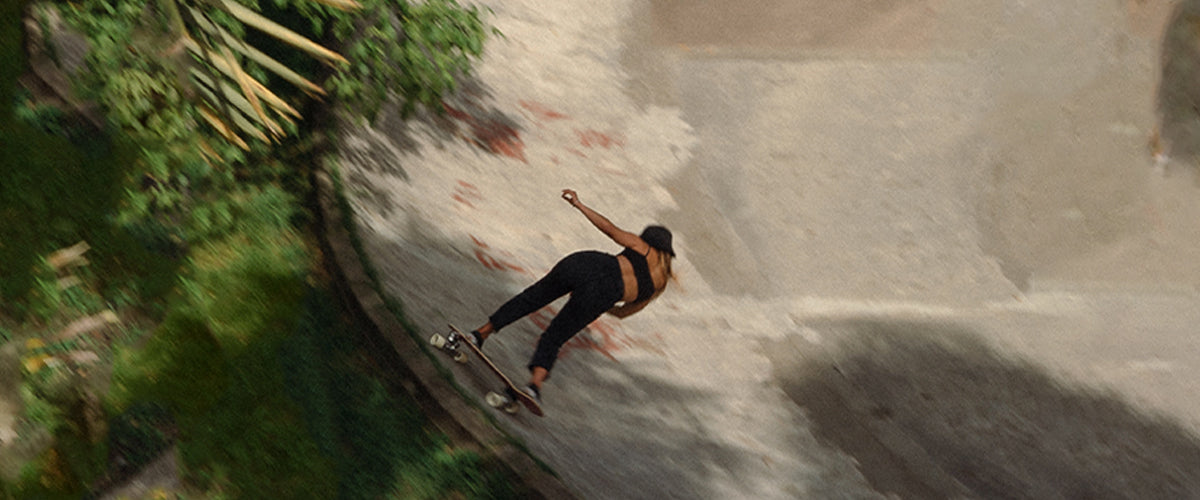 Long considered an essentially male domain, the world of skateboarding has gradually opened up to women over the years. Governing bodies such as the International Skateboarding Federation (ISF) now promote female talents, encourage access for girls and women to skateboarding, and contribute to improving their media visibility.
Long considered an essentially male domain, the world of skateboarding has gradually opened up to women over the years. Governing bodies such as the International Skateboarding Federation (ISF) now promote female talents, encourage access for girls and women to skateboarding, and contribute to improving their media visibility.
- Mixed and specific competitions for female skaters
- The highlighting of female competitors at international events such as the Olympic Games
Women skateboarders: committed and talented
Many talented female skateboarders stand out today on the international stage, like the Brazilian Leticia Bufoni or the Japanese Aori Nishimura. Their performances, as well as their commitment to the recognition of their discipline, help change mindsets and awaken a growing public interest in women's skateboarding.
Snowboarding: a sport where gender diversity is progressing
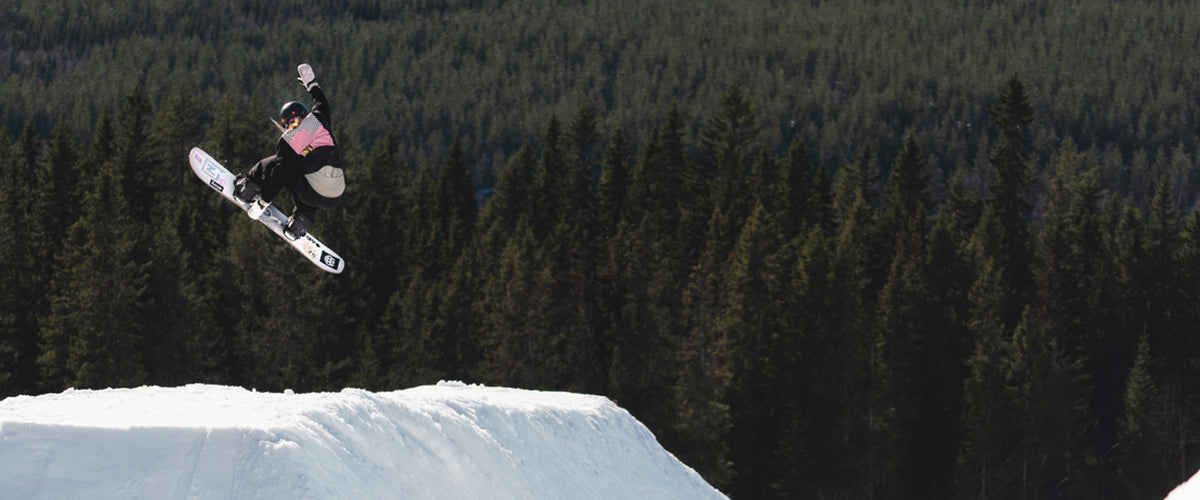 While snowboarding has always been a mixed discipline, women have often been relegated to the background behind their male counterparts. Fortunately, major advances have been made in recent years, particularly in terms of equality of rights and rewards for female competitors.
While snowboarding has always been a mixed discipline, women have often been relegated to the background behind their male counterparts. Fortunately, major advances have been made in recent years, particularly in terms of equality of rights and rewards for female competitors.
- Competitions now include specific categories for women
- Organizations like the International Snowboarding Association (ISA) work to encourage women's participation in snowboarding
Exemplary female snowboarders
From now on, women are increasingly present on the podiums at international competitions. For example, we can mention Chloé Kim, Olympic champion and multi-medalist in half-pipe, or Jamie Anderson, who regularly makes history in women's slopestyle. These brave and determined athletes are role models for new generations of female snowboarders.
Even though much has already been accomplished to improve the place of women in sliding sports, there is still a way to go to achieve true gender parity. The mobilization of athletes, federations, and the public is essential to allow these talented sportswomen to shine at the highest level.

